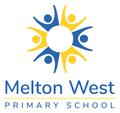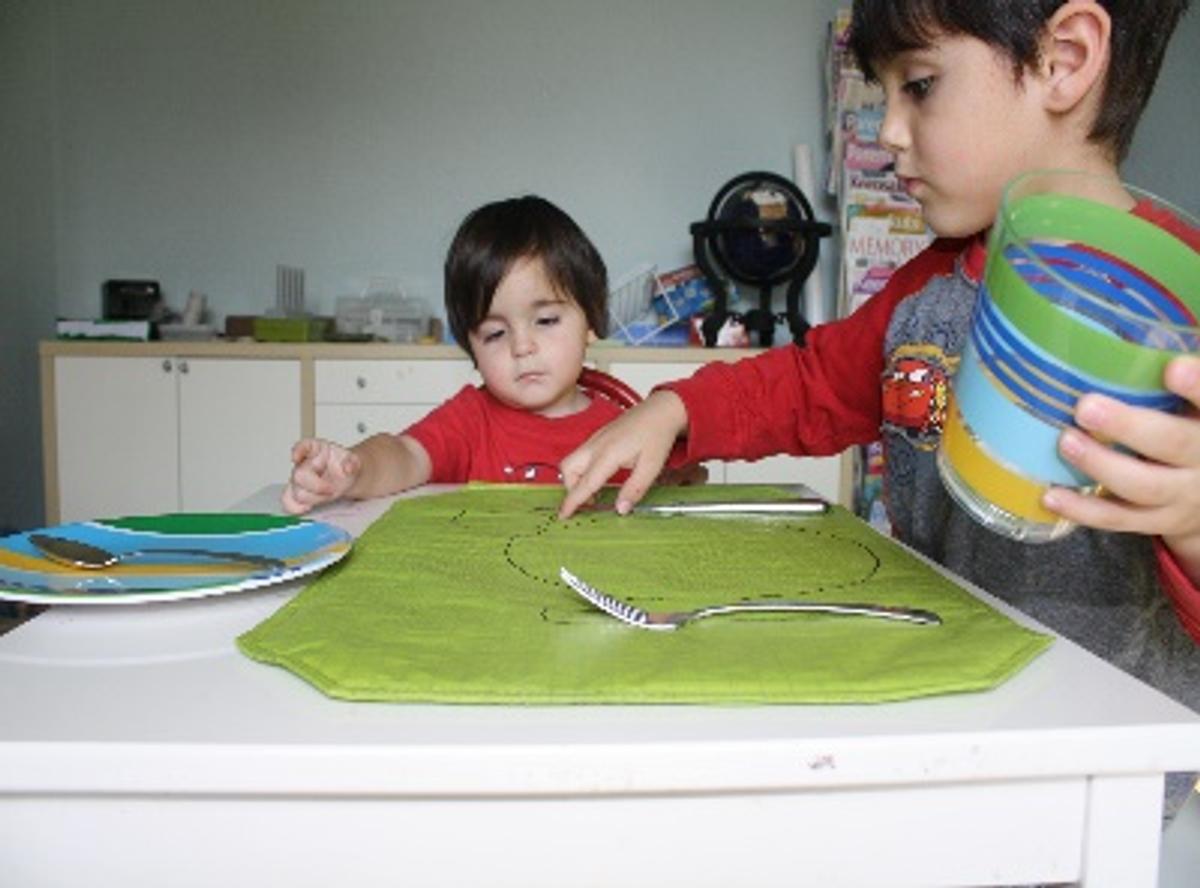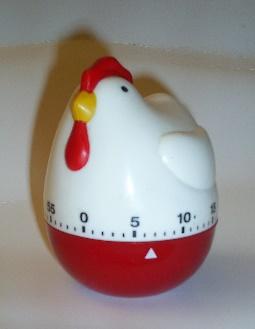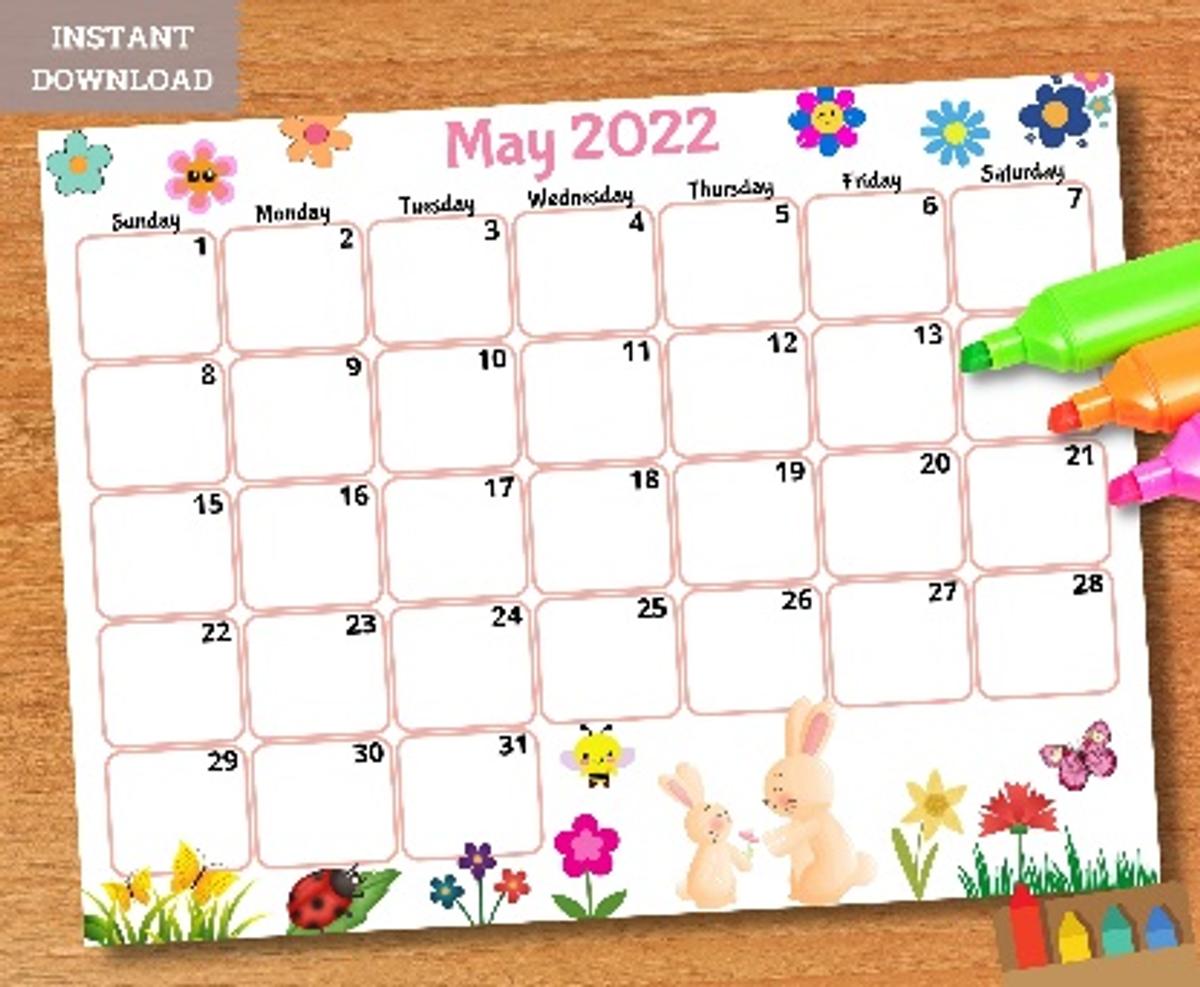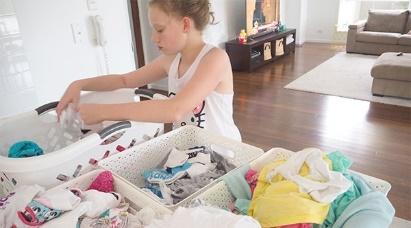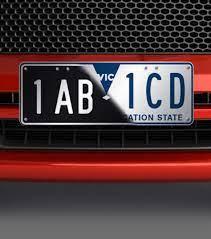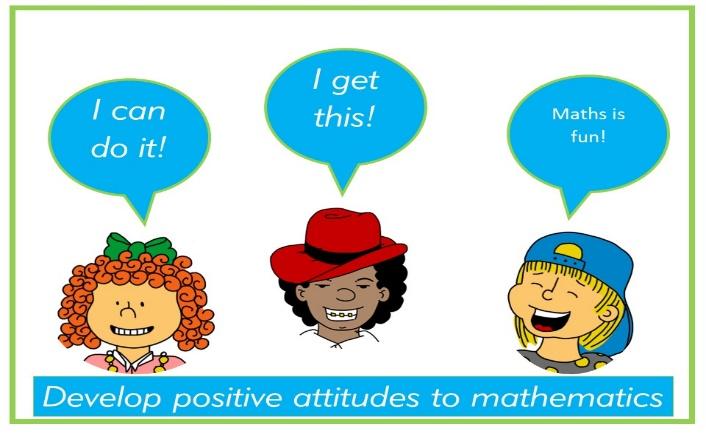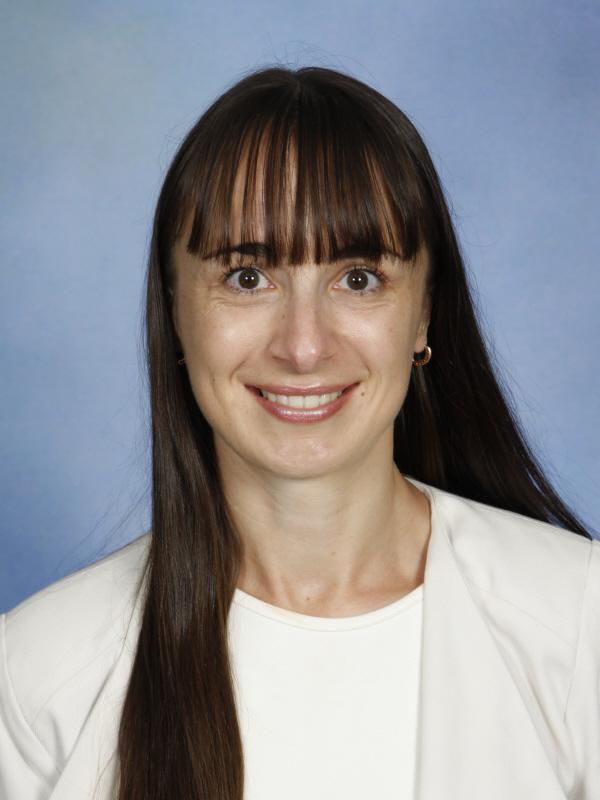Numeracy Report
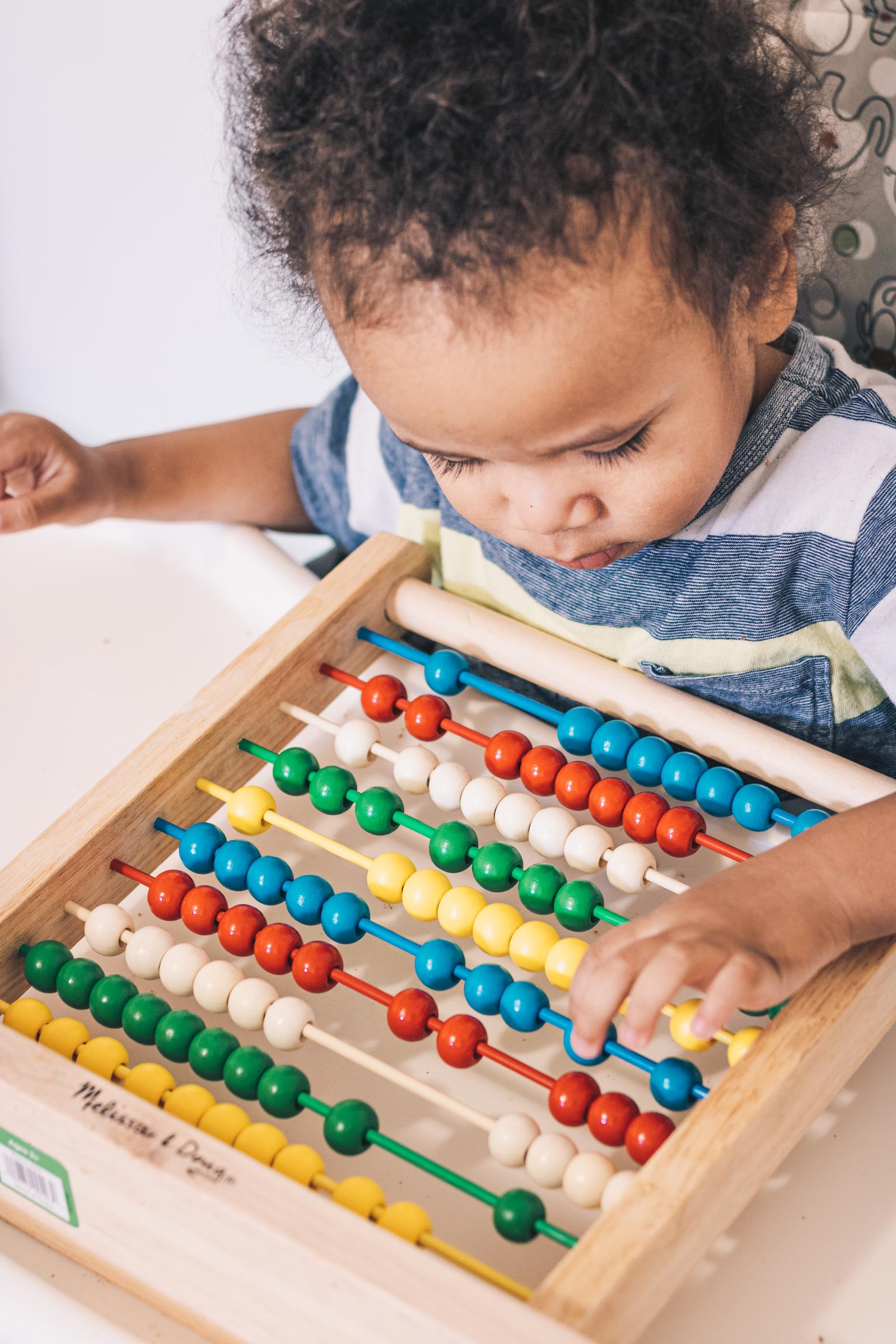
Mathematics at Home
Mathematics is about number, shapes and patterns. It is counting, measuring, discovering similarities and differences, and problem solving.
If you read to children they learn to read. If you ‘do real maths’ with children they learn to do maths. Doing mathematics together can be as enjoyable for families as reading a good book together.
Kitchen Mathematics
Many children love to help in the kitchen. They learn a lot about maths and numbers by doing tasks such as setting the oven temperature and timer, measuring ingredients, counting the number of servings and counting out plates and cutlery, and dividing portions.
Time it
Children also enjoy using timing devices. They can learn a great deal about measuring time by using them. There are many different kinds of timers to use - timers on watches, stoves, microwaves, egg timers, stop watches etc. Use a timer for home activities and routines such as taking turns playing a game, cooking, getting dressed, or knowing when to leave for school. Think of other instances in which setting a timer might be useful.
Take a guess - at bath time, take a guess at how many minutes it will take to fill the bathtub.
Special Days Calendar
Mark a calendar with ‘special activities’ at school (such as PE, Art, Library etc.). You can use small pictures to help your child keep track of these days. Add other special events and days to the calendar, such as swimming lessons day, birthdays and birthday parties.
MATHEMATICS NOTE: think of your house as a rich source of time-telling devices. Children develop a sense of time by marking dates on a calendar, setting alarm clocks, watching microwave oven countdowns, and reading digital clock displays.
Sort and discuss
Sort the laundry, cutlery and toys. Talk about the groups you are making. Discuss the ways in which the objects in each group are the same. Talk about why some things belong in a group and other things do not belong. Think of different ways to sort the collection (dark coloured clothes and light coloured clothes, or kids’ clothes and adults’ clothes for example).
Enter a number
Enter a number on a phone, elevator, microwave, calculator and other similar devises. Read the number aloud together.
Car Counting
Sing number songs with your child in the car.
Count specific things - have children select a colour and then count the number of houses/cars in this colour that they see.
Number plate numbers - look at the numbers on number plates when walking down the street. Discuss the digits as separate numbers and then read the 3 digit number to your child.
Have fun with maths to develop a positive attitude and confidence towards maths.
Kind Regards,
Klaudia Jellis
Leader of Mathematics
